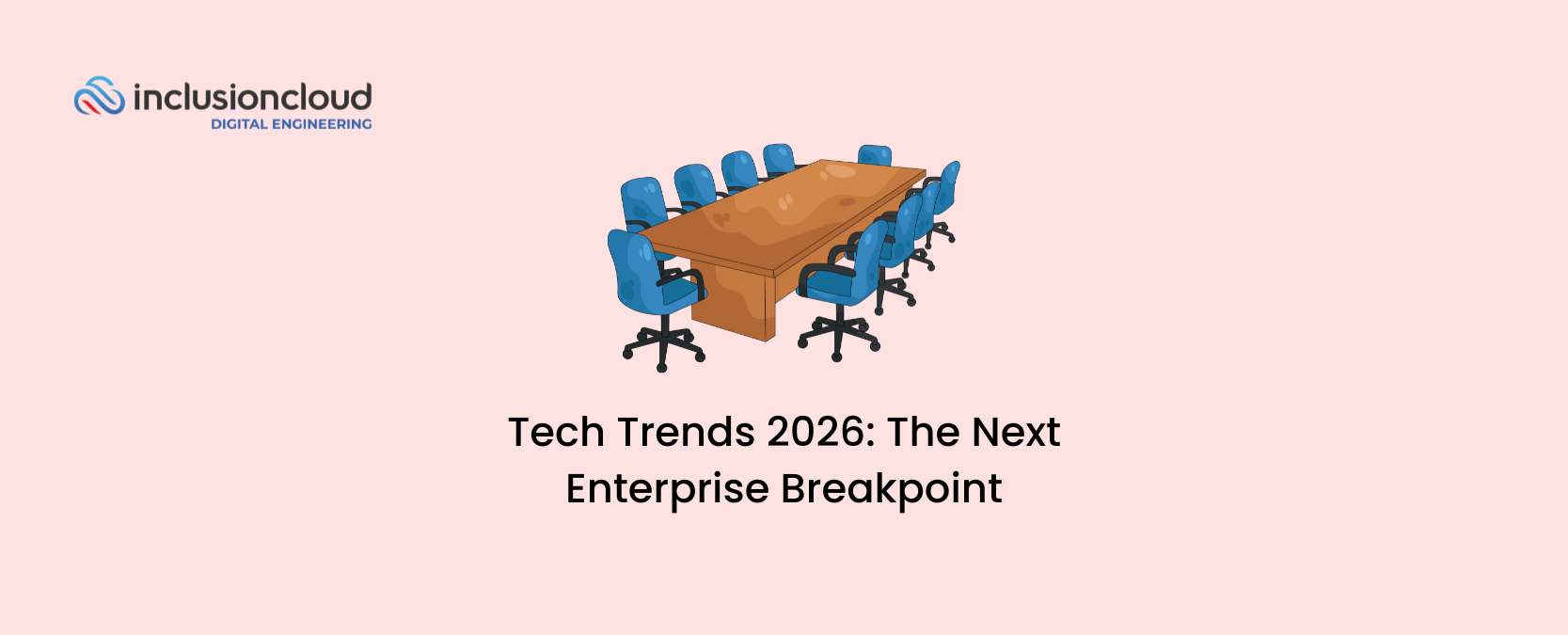The digital world we live in has opened access to tons of data that were impossible to process or even gather a few years ago. Even though data is everywhere all the time, the quirk of digital data is that it’s essentially collectible and usable. This way, digital events such as
- Actions on a website
- Transactions on an eCommerce
- Database modifications
- Messages,
among many others, can be handled and tracked as they’ve never been before.
However, the tremendous flow of data used these days in different industries and businesses also implies a series of risks related to errors. As we commented in this article, the importance of data is tied to its potential for action. Data represent real events and objects, and their quality and correctness are necessary in order to deploy the right actions, rocketing business metrics.
As you may imagine, while the amount of data increased in recent years, the risk of making big mistakes also went up. And working with unhealthy data isn’t harmless. Mainly because contrasting available data and real facts require a lot of resources, there’s a high risk of operating blindly and provoking a mess.
How do errors impact data analysis?
Errors in data have historically generated immense losses and damage. The record includes losses like a $125 million NASA orbiter -thanks to the use of different measurement units- and +11.000 people returning thousands of euros to the state’s bank in Amsterdam. Such situations are the direct result of bad-quality data, and they directly affect not only profits but other key aspects such as reputation and efficiency.
This trend is worryingly going up, as companies have an overall 60% of data that’s “unreliable”, according to recent research by Zoominfo.
Having this into account, most data engineers are dedicating 40% of their time to finding and fixing bad data, as this Monte Carlo survey shows. This situation impacts directly data engineers’ workflows, as they should focus on other parts of the data engineering lifecycle as well.

The data engineering lifecycle
Working with big volumes of data provides a myriad of benefits that doubtlessly justify the efforts put into building a solid data engineering team. That’s why engineers, although spending that much time on data quality, are responsible for an entire process or lifecycle, which is formed by:
- Generation
- Ingestion
- Transformation
- And serving
Their main role is enabling the passage between raw shapeless data, and a matter that is useful for analysts and scientists. This process includes data quality as a transversal, undercurrent aspect (other undercurrents are, for example, security, management, and architecture), but its complexity, importance, and work volume are transforming it into a separate discipline.
The role of the data operations analyst (DataOps)
As the use of digital data is showing more and more impact on revenue and decision-making, data teams are professionalizing non-stop. A visible effect of this phenomenon is the emergence of specialists such as DataOps.
DataOps are intended to have a broader perspective on both the data pipeline and the business needs, optimizing the first one to fit the second as best as possible. One of its first tasks is observation and monitoring, leaning on iteration in order to improve the process and fix diverse mistakes. Differently from what is usually thought, DataOps have an important positive impact on teams of different data maturity. Starting teams, as much as large and experienced ones, can benefit from these kinds of practices.
Similarly to DevOps, they combine a set of cultural norms, technical practices, and workflows in order to improve and optimize processes. In the case of data, as we’ve developed above, minimizing defects is of vital importance. Put in a nutshell, the DataOps has a particular responsibility on verifying procedures and delivering qualified results to internal users.
On their technical pool of elements, there are 3 that stand out. As you can see, the three of them deal with data errors in different manners:
Automation
Automation ensures DataOps process reliability and consistency, allowing data engineers to quickly deploy new product features and improvements to existing workflows.
Monitoring and observability
If you don’t observe and monitor your data and the systems that generate it, you’ll inevitably have your own data horror story. Observability, monitoring, logging, alerting, and tracing are all critical for staying ahead of any problems that may arise during the data engineering lifecycle.
Incident response
A well-functioning data team that employs DataOps will be able to deliver new data products quickly. However, mistakes are unavoidable. A system may experience downtime, a new data model may cause downstream reports to fail, and a machine learning model may become stale and provide incorrect predictions—numerous issues can disrupt the data engineering lifecycle.
Incident response is about using the previously mentioned automation and observability capabilities to rapidly identify the root causes of an incident and resolve it as reliably and quickly as possible.
Cross the data tipping point
Working with data these days is both a big challenge and the difference between winning and losing for most enterprises. Therefore, building the proper team of experts and optimizing their workflow can be a defining element for businesses.
If you are looking to improve your process and get the best DataOps solutions, don’t hesitate to contact us. We’ll be glad to help.
Also, if you are working with data and want to start working for leading global companies, you can apply for our open positions here!





